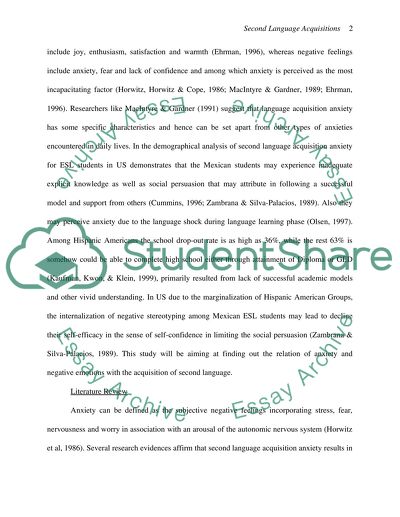Cite this document
(“Anxiety and Negative Emotions in Second Language Acquisition Research Paper”, n.d.)
Anxiety and Negative Emotions in Second Language Acquisition Research Paper. Retrieved from https://studentshare.org/english/1529139-second-language-acquisition-essay
Anxiety and Negative Emotions in Second Language Acquisition Research Paper. Retrieved from https://studentshare.org/english/1529139-second-language-acquisition-essay
(Anxiety and Negative Emotions in Second Language Acquisition Research Paper)
Anxiety and Negative Emotions in Second Language Acquisition Research Paper. https://studentshare.org/english/1529139-second-language-acquisition-essay.
Anxiety and Negative Emotions in Second Language Acquisition Research Paper. https://studentshare.org/english/1529139-second-language-acquisition-essay.
“Anxiety and Negative Emotions in Second Language Acquisition Research Paper”, n.d. https://studentshare.org/english/1529139-second-language-acquisition-essay.


